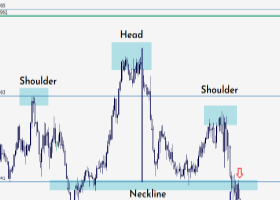
OPEC report: China and Middle East will spur oil demand in 2015
As OPEC reported on Monday, almost half of this year's oil demand growth is likely to come from China and the Middle East.
The body forecast that global oil demand growth would increase by an average 1.17 million barrels a day to 92.37 million barrels a day, little changed from estimates made in February, as the recent slide in oil prices supports consumption.
"While many challenges remain, the expected improvement in the global economy will also result in higher oil demand growth of 1.2 million barrels per day, above last year's increase of 1.0 million barrels per day," the OPEC report said.
"Given that the bulk of the increment will be coming from the emerging economies, any positive developments in these countries can add to oil demand growth," it added.
OPEC also revised down its estimates for growth in Russia – which has been hit hard by weakness in the rouble and Western sanctions for the Ukraine crisis – and Brazil.
It considers Russia's economy might contract 3.2
percent in 2015 compared with a previous forecast of a 2.4 percent
contraction.
After experiencing a steep fall since last June, oil prices have stabilised in recent weeks—partly as weak prices help boost consumption.
Brent crude oil was trading at around $54 a barrel on Monday, about 13 percent above lows seen in January but still almost 50 percent below where it traded last June above $110 per barrel. U.S crude prices fell to about $43.57 Monday, their lowest level since March 2009, before recovering to about $44.35.
At its last meeting in November, OPEC kept its output steady in the face of falling prices in a bid to slow oil production in the U.S. driven by a boom in shale oil.
The organization said that U.S. oil production could take a hit later in the year in a sign that the dive in oil prices could take some time to impact the production of shale oil.
"As drilling subsides due to high costs and a
potentially sustained low oil price, a drop in production can be
expected to follow, possibly by late 2015."


